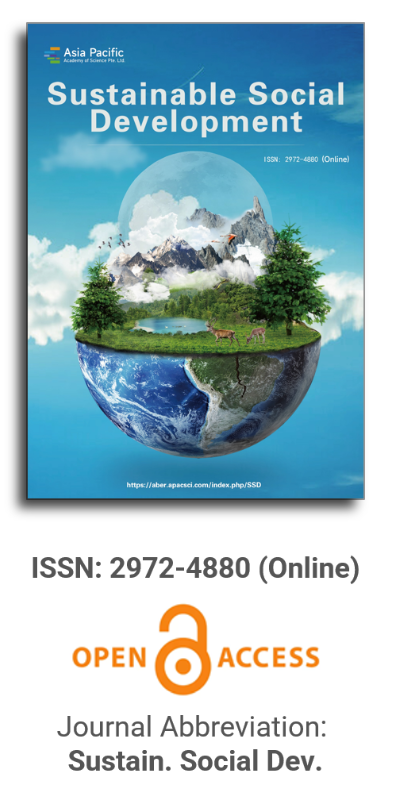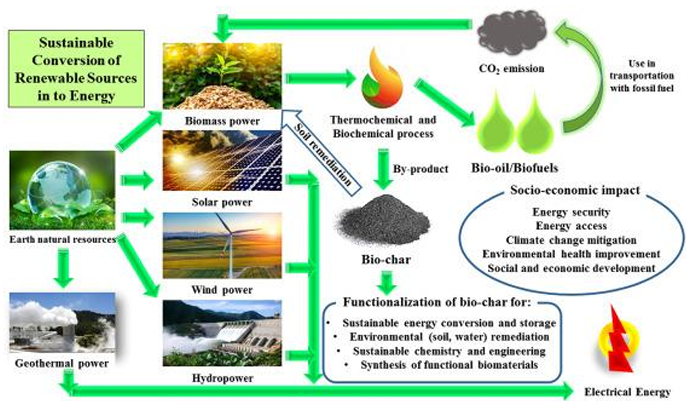
Asia Pacific Academy of Science Pte. Ltd. (APACSCI) specializes in international journal publishing. APACSCI adopts the open access publishing model and provides an important communication bridge for academic groups whose interest fields include engineering, technology, medicine, computer, mathematics, agriculture and forestry, and environment.

A comprehensive guide to the TOPSIS method for multi-criteria decision making
Vol 1, Issue 1, 2023
Download PDF
Abstract
One common multi-criteria decision making (MCDM) technique is the Technique for Order of Preference by Similarity to Ideal Solution (TOPSIS), which is frequently applied in several application fields. Finding an ideal and an anti-ideal solution, which are then utilized to determine the distances between the alternatives and the ideal solution, is the foundation of the TOPSIS approach. The method then ranks the alternatives according to their closeness to the ideal solution. TOPSIS is able to handle both quantitative and qualitative criteria, however, the method can be sensitive to the weight of the criteria, and the ranking results can be influenced by the choice of the reference alternatives. This paper provides an overview of the TOPSIS method, its applications, main characteristics and limitations. The paper also provides step-by-step instructions on how to apply the TOPSIS method, including the determination of the criteria weights, the construction of the decision matrix, and the calculation of the TOPSIS scores.
Keywords
References
- Habenicht W, Scheubrein B, Scheubrein R. Multiple-criteria decision making. Optimization and Operations Research 2002; 4: 257–279.
- Velasquez M, Hester PT. An analysis of multi-criteria decision making methods. International Journal of Operations Research 2013; 10(2): 56–66.
- Hwang CL, Yoon K. Multiple Attribute Decision Making: Methods and Applications A State-of-the-Art Survey. Springer; 1981. Volume 186.
- Shih HS, Shyur HJ, Lee ES. An extension of TOPSIS for group decision making. Mathematical and Computer Modelling 2007; 45(7–8): 801–813. doi: 10.1016/j.mcm.2006.03.023
- Tsaur RC. Decision risk analysis for an interval TOPSIS method. Applied Mathematics and Computation 2011; 218(8): 4295–4304. doi: 10.1016/j.amc.2011.10.001
- Behzadian M, Otaghsara SK, Yazdani M, Ignatius J. A state-of the-art survey of TOPSIS applications. Expert Systems with Applications 2012; 39(17): 13051–13069. doi: 10.1016/j.eswa.2012.05.056
- Shukla A, Agarwal P, Rana R, Purohit R. Applications of TOPSIS algorithm on various manufacturing processes: A review. Materials Today: Proceedings 2017; 4(4): 5320–5329. doi: 10.1016/j.matpr.2017.05.042
- Yadav SK, Joseph D, Jigeesh N. A review on industrial applications of TOPSIS approach. International Journal of Services and Operations Management 2018; 30(1): 23–28. doi: 10.1504/IJSOM.2018.091438
- Xu Q, Zhang YB, Zhang J, Lv XG. Improved TOPSIS model and its application in the evaluation of NCAA basketball coaches. Modern Applied Science 2015; 9(2): 259. doi: 10.5539/mas.v9n2p259
- Li X, Liu Z, Peng Q. Improved algorithm of TOPSIS model and its application in river health assessment (Chinese). Advanced Engineering Sciences 2011; 43(2): 14–20.
- Çelikbilek Y, Tüysüz F. An in-depth review of theory of the TOPSIS method: An experimental analysis. Journal of Management Analytics 2020; 7(2): 281–300. doi: 10.1080/23270012.2020.1748528
- Papathanasiou J, Ploskas N. TOPSIS Multiple Criteria Decision Aid: Methods, Examples and Python Implementations. Springer International Publishing; 2018. pp. 1–30.
Supporting Agencies
Copyright (c) 2023 Mitra Madanchian, Hamed Taherdoost
License URL: https://creativecommons.org/licenses/by/4.0

This site is licensed under a Creative Commons Attribution 4.0 International License (CC BY 4.0).

Prof. Kittisak Jermsittiparsert
University of City Island, Cyprus





It is with deep regret that we announce the cancellation of the Forum on Sustainable Social Development & Computing and Artificial Intelligence, originally scheduled for June 15, 2025.

